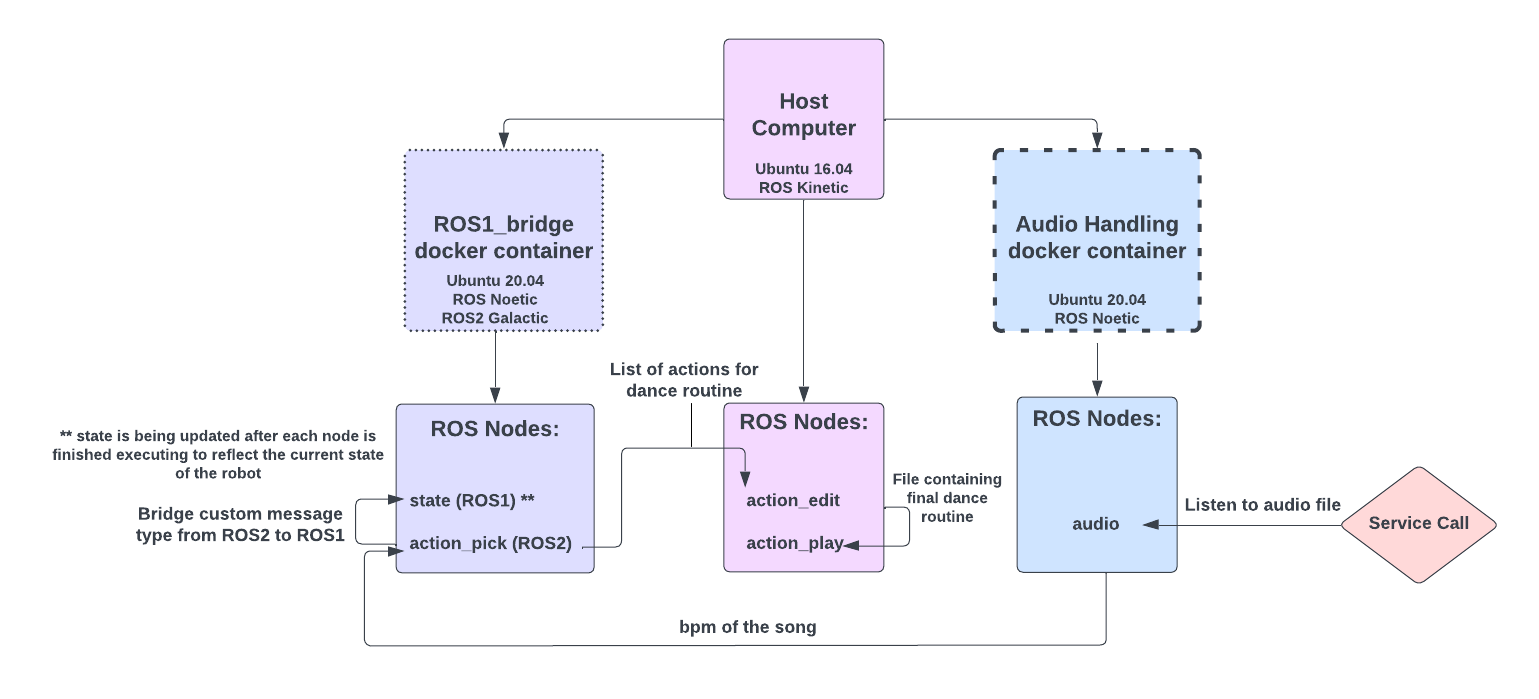
ROBOTIS dances to Linus and Lucy by Vince Guaraldi Trio.
Unmute to listen!

ROBOTIS dances to I Like To Move It by will.i.am
Unmute to listen!

ROBOTIS dances to I Like To Move It by will.i.am
Unmute to listen!
